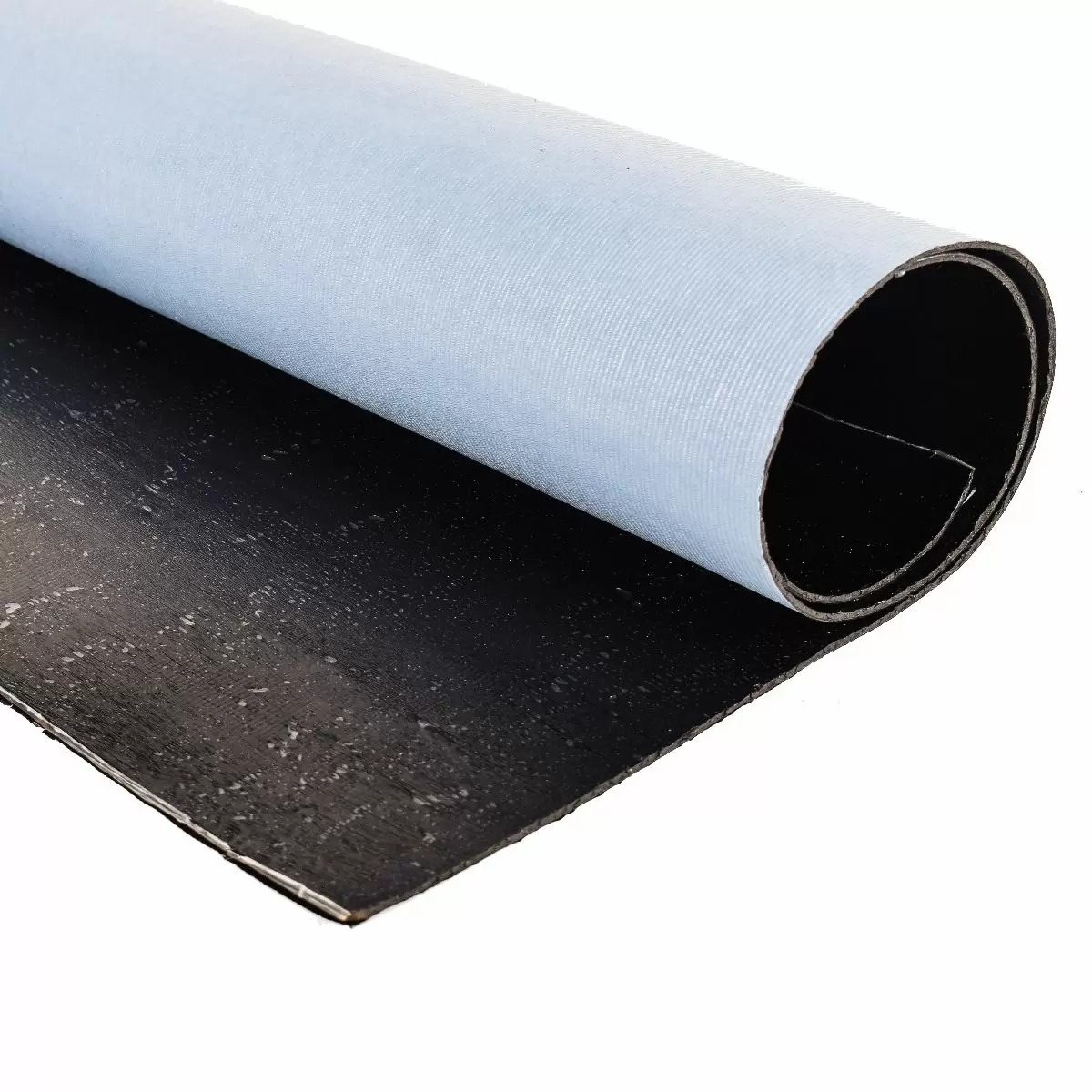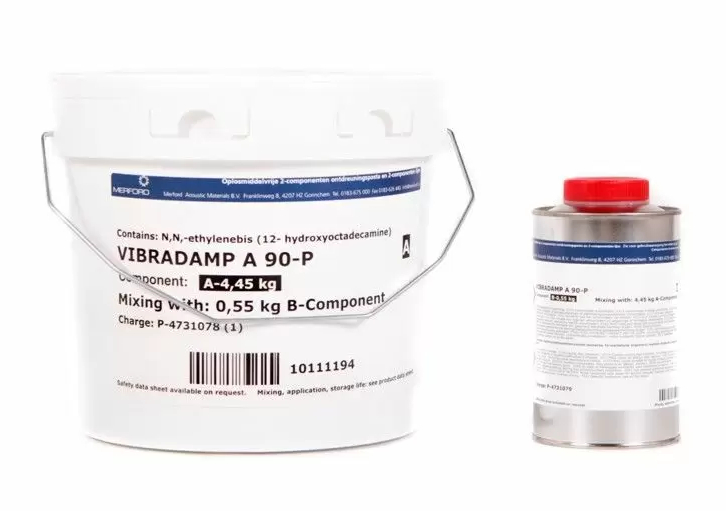About the acoustic term anti-drumming
If you are not familiar with acoustics, the term anti-drumming probably won’t ring any bells. It’s not only a technical term, it’s also the result of an application with certain products. More about that later. The term anti-drumming is often used in the acoustic branch to explain the isolation of vibrations in light and rigid materials.
The most simple explanation, which most people will recognize, is the sound of a Gong. When a Gong is set in motion it produces a sound that lasts several seconds. But what happens when you firmly hold the gong? Practically nothing, the energy is isolated to the point of impact, or nearby, and does not travel thru the surface of the gong, thus no Gong sound is produced. The acoustical term for this is, Anti-drumming, the isolation of energy at the point of impact. Materials can also produce a Gong-like effect, mostly in aluminium, metal and polyester, but also in plasterboard, plywood and other light and rigid materials. Do you have a steel sink in your kitchen? Look underneath, almost certain there is a little black sheet of anti-drumming.
How to insulate vibrations with bitumen damping sheets 
To reduce vibrations in a material we need to add weight to it, in such a fashion that this weight holds
a firm grip to the surface that we want to insulate, as if it’s holding a Gong. The best way to isolate vibrations throughout the whole surface of a material, a sheet of metal for example, is to apply a sufficient amount of mass and quantity on the right spot. Finding the right spot is fairly easy, this is the spot where most of the impact takes place, thus where the vibrations starts. In a ship’s hull this could be where the bow thruster is located.
The sufficient amount of product would be at least one and half meters around the location of the impact, or again in ship where the thruster is located. The right product, with enough mass and stiffness, depends on the thickness and weight of the material that we want to insulate. We can use this scheme to see which Vibraflex bitumen damping sheets to use:
(aluminum is lighter than steel so you can use a lighter version of Vibraflex or expect more result).
To isolate, or insulate, steel thicker than 4 or 5 mm we recommend to use a solution we call sandwich anti- drumming. This is a combination of two products, Vibradamp A90P Compound with Zincor steel plates. On both product pages we explain how you to process all of these products.
Questions?
And as always, if you have any questions just let us know, we are happy to help you.

 Sound Absorption
Sound Absorption  Sound Insulation
Sound Insulation  Vibration Isolation
Vibration Isolation  Silent Ventilation
Silent Ventilation  Accessories
Accessories  Thermal & Acoustic Insulation
Thermal & Acoustic Insulation 